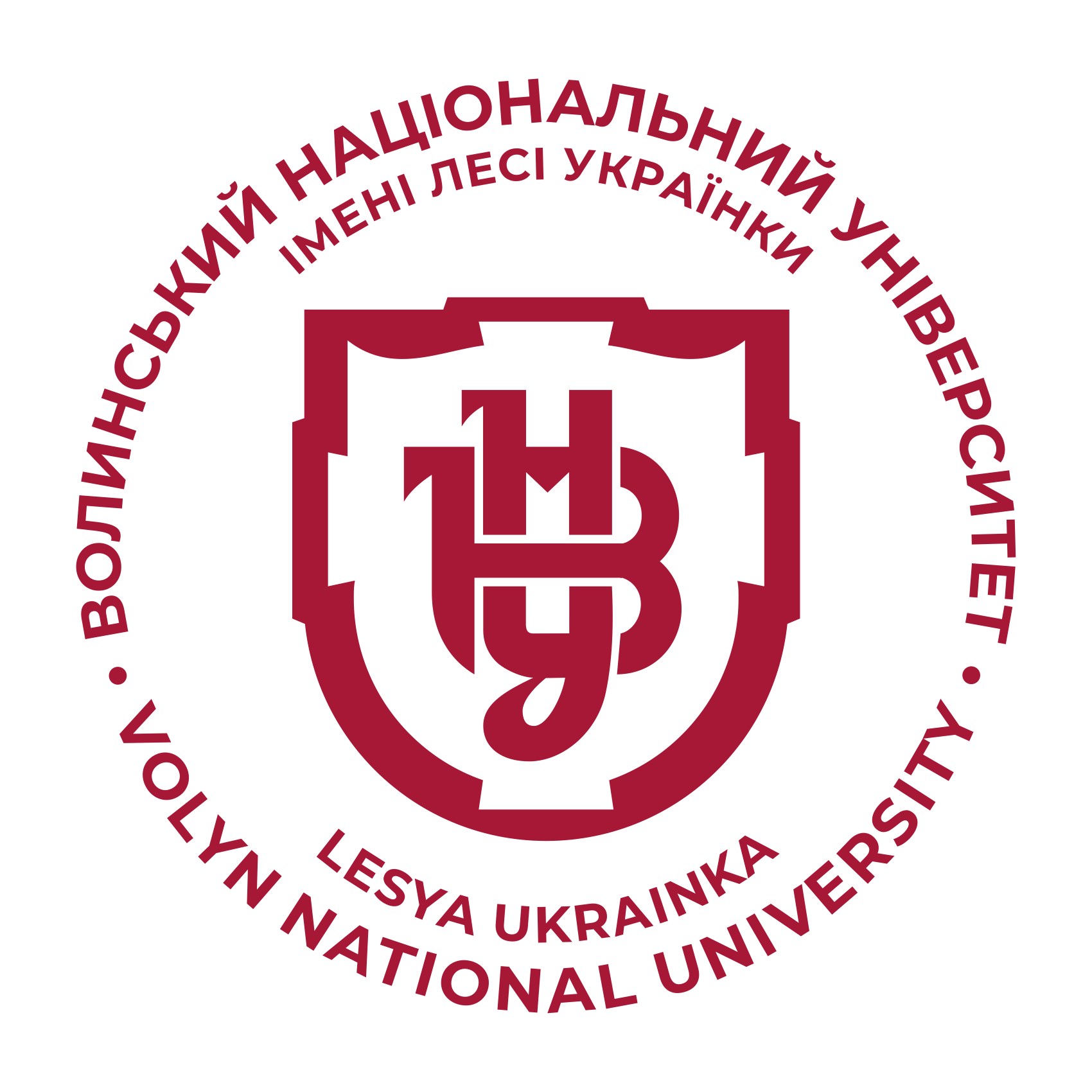ЕКОНОМІКО-СТАТИСТИЧНИЙ АНАЛІЗ ЄВРОІНТЕГРАЦІЙНИХ ПРОЦЕСІВ В УКРАЇНІ
DOI:
https://doi.org/10.29038/2411-4014-2020-01-206-215Ключові слова:
євроінтеграція, зовнішня торгівля, дисперсійний аналіз, статистичний аналіз, Україна, Європейський Союз.Анотація
У статті наведено результати аналізу євроінтеграційних процесів в Україні. Здійснено оцінку динаміки і структури показників зовнішньої торгівлі товарами України з країнами Європейського Союзу, а також їх порівняльний аналіз з іншими групами країн світу. Визначено інтенсивність структурних зрушень у географічній і товарній структурі експорту та імпорту товарів в Україні за допомогою інтегральних коефіцієнтів структурних зрушень. З використанням дисперсійного аналізу виявлено істотність впливу транскордонного чинника на показники зовнішньої торгівлі з ЄС у регіонах України.
Завантаження
Опубліковано
2020-03-30
Номер
Розділ
БУХГАЛТЕРСЬКИЙ ОБЛІК, АНАЛІЗ, СТАТИСТИКА ТА МАТЕМАТ. МЕТОДИ Й ІНФОРМ. ТЕХНОЛОГІЇ
Як цитувати
[1]
2020. ЕКОНОМІКО-СТАТИСТИЧНИЙ АНАЛІЗ ЄВРОІНТЕГРАЦІЙНИХ ПРОЦЕСІВ В УКРАЇНІ. Економічний часопис Волинського національного університету імені Лесі Українки. 1, 21 (Бер 2020), 206–215. DOI:https://doi.org/10.29038/2411-4014-2020-01-206-215.







